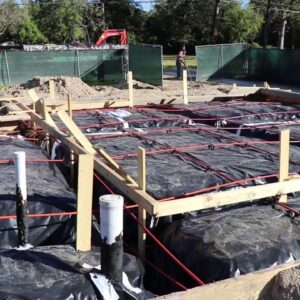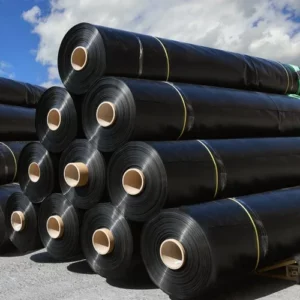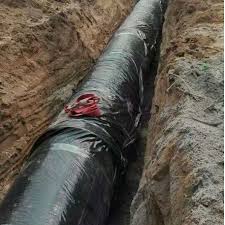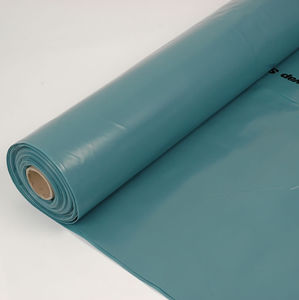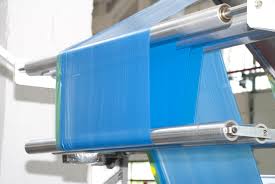Overview of Construction Foundation and Concrete Pouring Films
Construction foundation films, often referred to as concrete pouring films, play a crucial role in the construction industry. They are primarily used as vapor barriers or underlayments in foundations and concrete slabs, providing a moisture-resistant layer that protects the structural integrity of buildings.
Material Composition
These films are typically made from Polyethylene (PE), which can be either recycled or virgin, depending on the application requirements and environmental considerations:
- Recycled PE: Often used for applications where high durability is not the primary concern, recycled PE films are eco-friendly and cost-effective. They are commonly available in black, gray, or green colors.
- Virgin PE: For maximum resistance against ambient conditions and for applications requiring higher strength and durability, transparent foundation films made from virgin PE are recommended. Virgin material provides better performance in terms of stability and resistance to tearing.
Colors and Properties
- Black and Gray Films: These colors are preferred for their ability to block light, which can reduce the growth of mold and bacteria in the concrete. They are also better at absorbing and retaining heat, which can be beneficial in certain construction processes.
- Green Films: Often used for aesthetic reasons or to blend in with the environment, green films provide the same level of protection as black and gray films.
- Transparent Films: Offer the highest level of durability and resistance to environmental factors. They are ideal for critical applications where visibility of the covered material is necessary, or where maximum light penetration is required.
Thickness and Size
The thickness of these films typically ranges from very thin (around 100 microns) to thicker options (up to 500 microns or more), depending on the level of protection required. The width and length of the rolls can vary significantly, tailored to meet specific project dimensions and requirements.
Recommended Use
- Moisture Barrier: Essential for preventing moisture from seeping into concrete, which can lead to cracking, spalling, and other structural issues.
- Protection During Curing: Helps maintain consistent moisture levels in concrete during the curing process, which is critical for achieving optimal strength and durability.
- Weed and Pest Barrier: When used beneath slabs or in landscaped areas, these films can also prevent weeds from growing and protect against pests.
Conclusion
Choosing the right type of construction foundation film is critical for ensuring the longevity and durability of concrete structures. Whether using recycled or virgin PE films, it's important to select a product that appropriately matches the specific needs of the construction project, considering factors such as environmental exposure, load requirements, and aesthetic preferences. These films not only protect the structural integrity but also contribute to the overall sustainability of construction projects.

